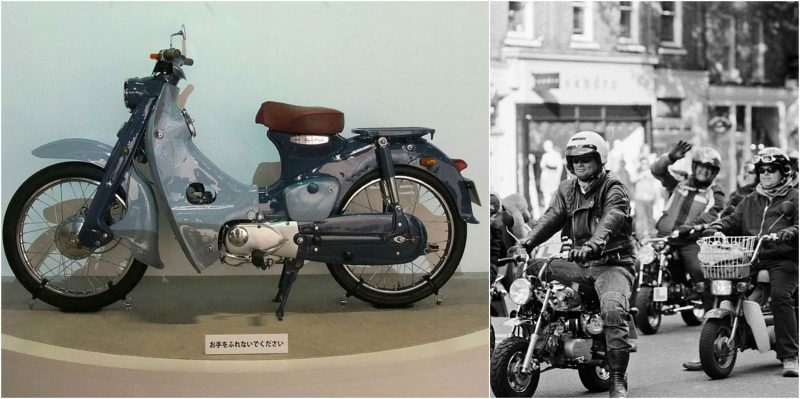After WWII, Japan started to build motorcycles and scooters to match the quality of the imported western models, but these cost so much that the majority of people in Japan could afford them. Soichiro Honda wanted to create a powered bicycle that the people would be able to afford; a model that could be used by everybody.
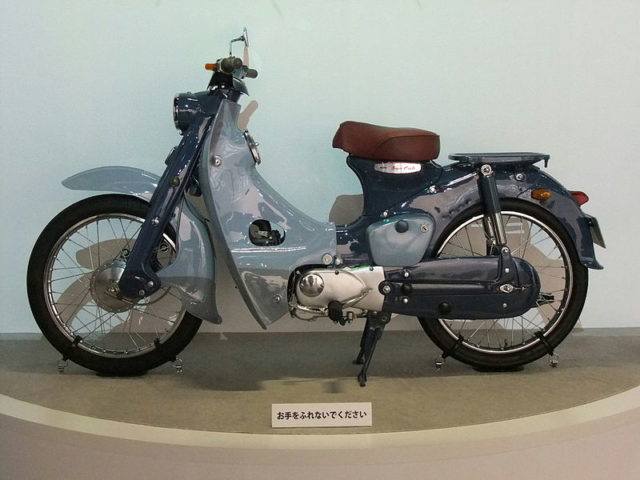
After a visit to Germany in 1956, he got the inspiration for creating an underbone motorcycle with a four-stroke single cylinder engine. The first model was produced in 1958 and it’s still around today. According to the statistics, by 2014, 87 million Honda Super Cubs had been produced. That makes it the most produced motor vehicle in the world.
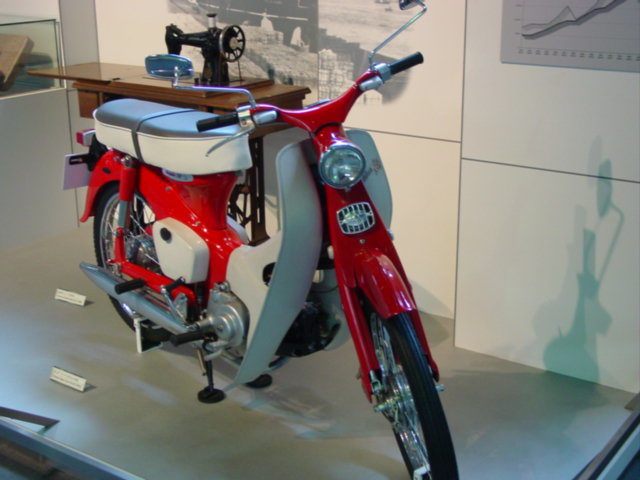

It went with a punchy advertising campaign – “You meet the nicest people on a Honda” which remains as kind of motto to motorcyclists not only in Japan but also in the States. The advertisement was so powerful that is often studied in marketing classes.
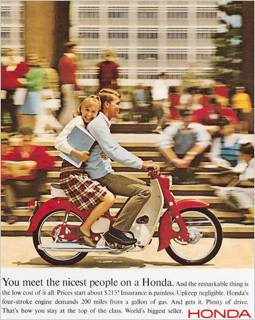
Soichiro Honda was the engineering mind, while his partner, Takeo Fujisawa, took care of the business.
The Honda Super Cub was a satisfying creation for both of them – everybody loved it and, more importantly, could afford it. Meanwhile, none of Honda Motor’s competitors could offer something similar.
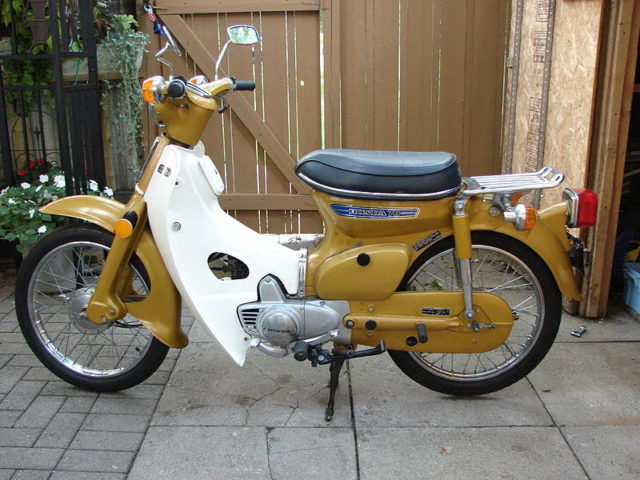
The Super Cub is comparable to the Ford Model T, Volkswagen Beetle, and the Jeep as an icon of 20th-century industry and transport. The Super Cub belongs neither to the category of scooter nor motorcycle, but somewhere between the two. Various names are used for it, such as “moped”, “step-thru” and “scooterette”.
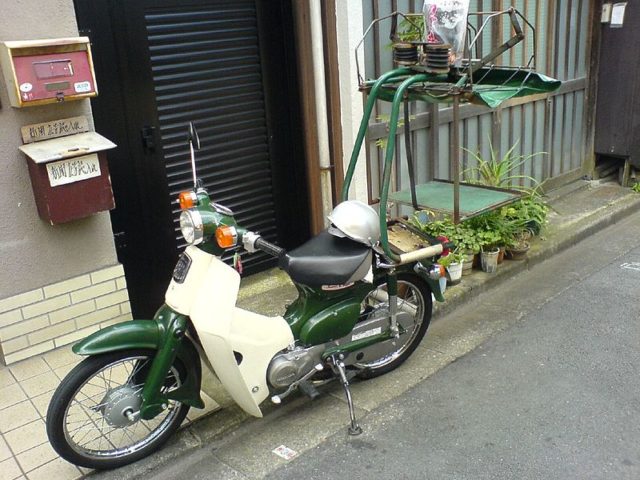
It has a plastic fairing which protects the legs of the rider from wind and road debris. This gives it the shape of a scooter, but unlike one, the Cub’s engine and gearbox are installed away from the seat. Placing the engine in the center of the frame, rather than close to the rear wheel, gave it proper front-rear balance.
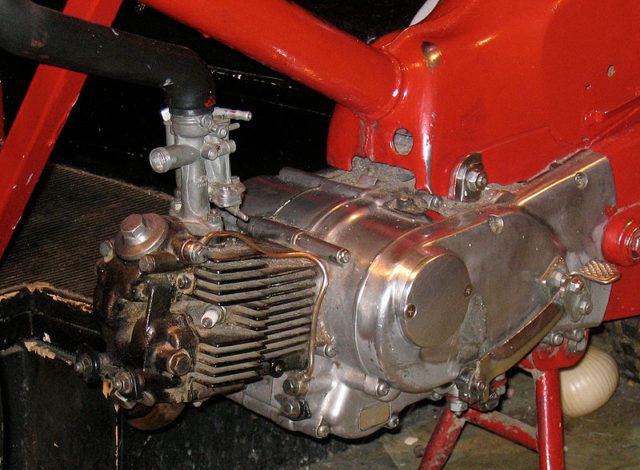
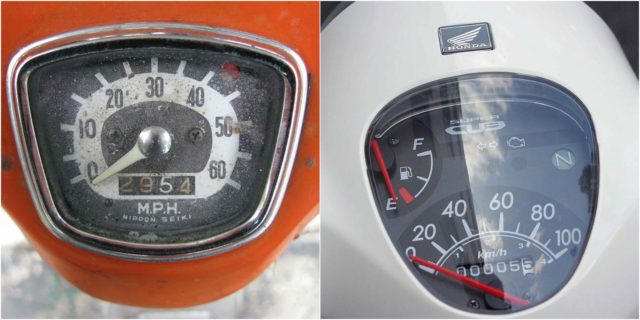
The advertisement campaign for the Super Cub was also notable for including pictures not just of traditional, handsome, motorcycle-riding guys, but women and middle-aged people as well.
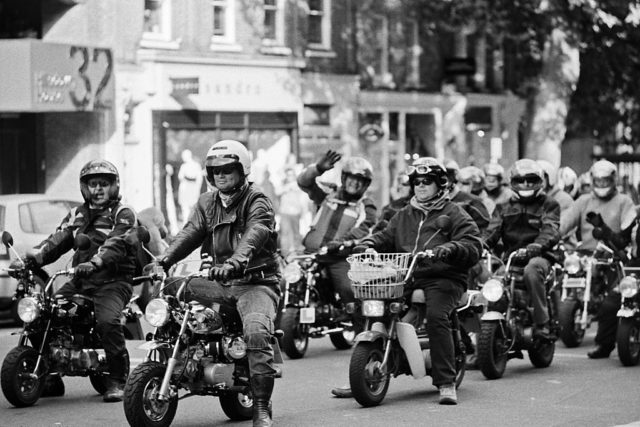
The Cubs have been associated with women ever since. In 1964, Brian Wilson and Mike Love composed the song “Little Honda”, which was performed by The Beach Boys.
